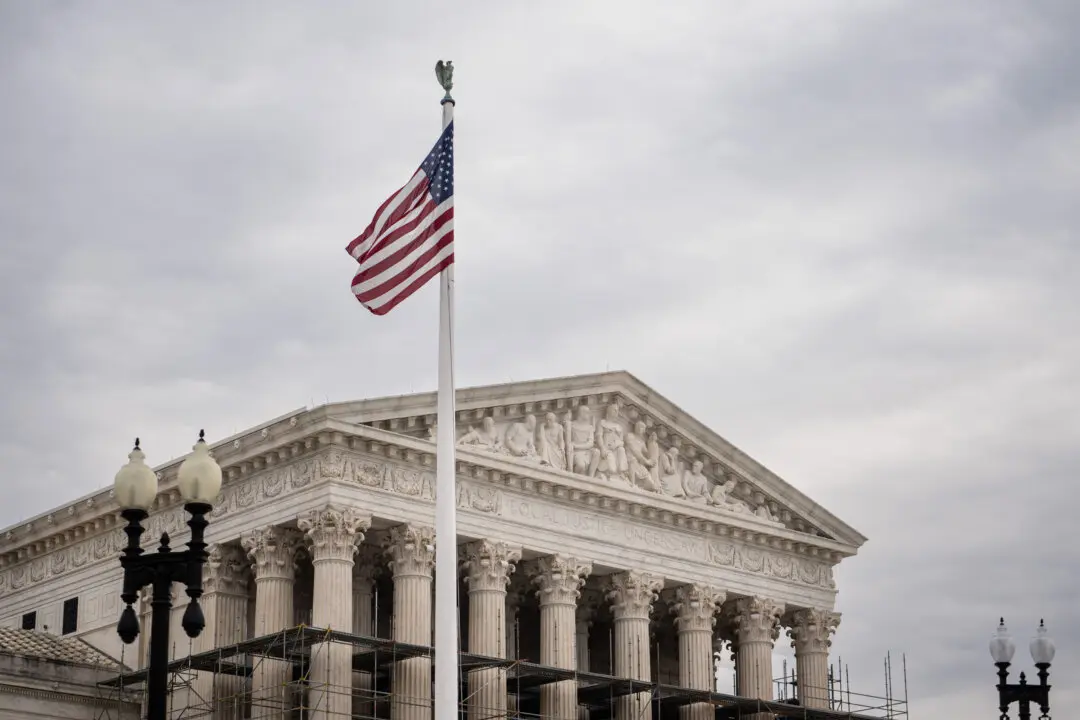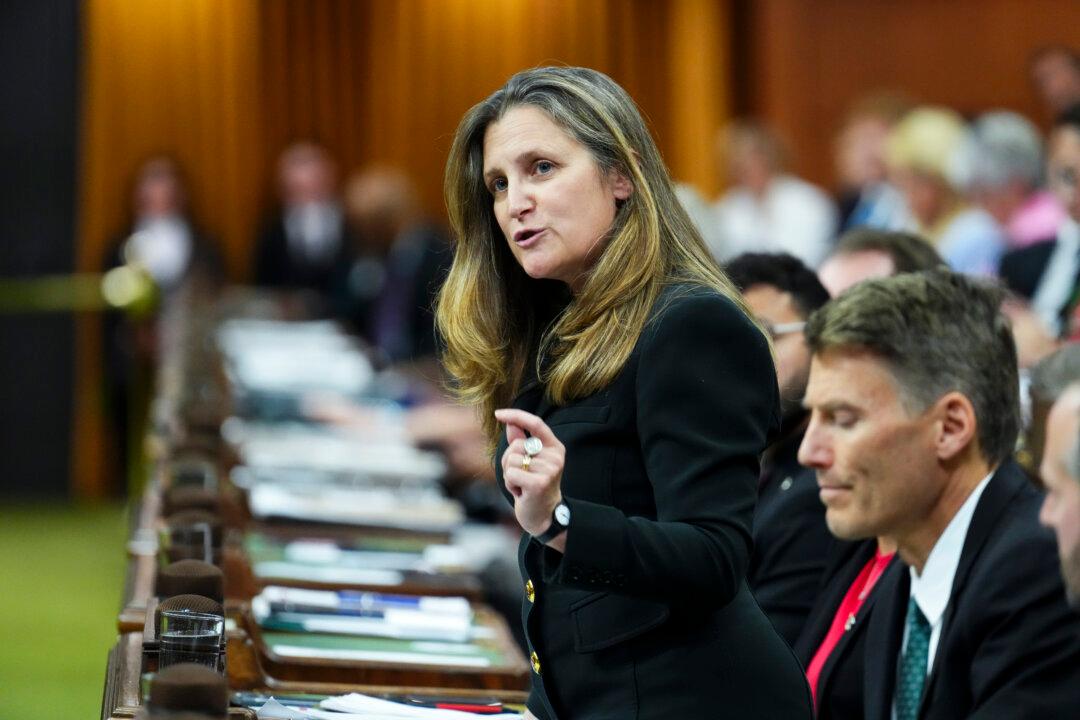Canada’s Minister of Rural Economic Development Gudie Hutchings said on Dec. 14 the waters need to be calmed over her government’s plan to expand the list of prohibited firearms, since there will still be plenty of guns available for hunters.
“Here’s the fact you need to know: there are still 19,000 firearms available for hunters and sport shooters, and indigenous hunters. So there’s lots of firearms still available in Canada legally,” Hutchings said during a scrum on Parliament Hill.





